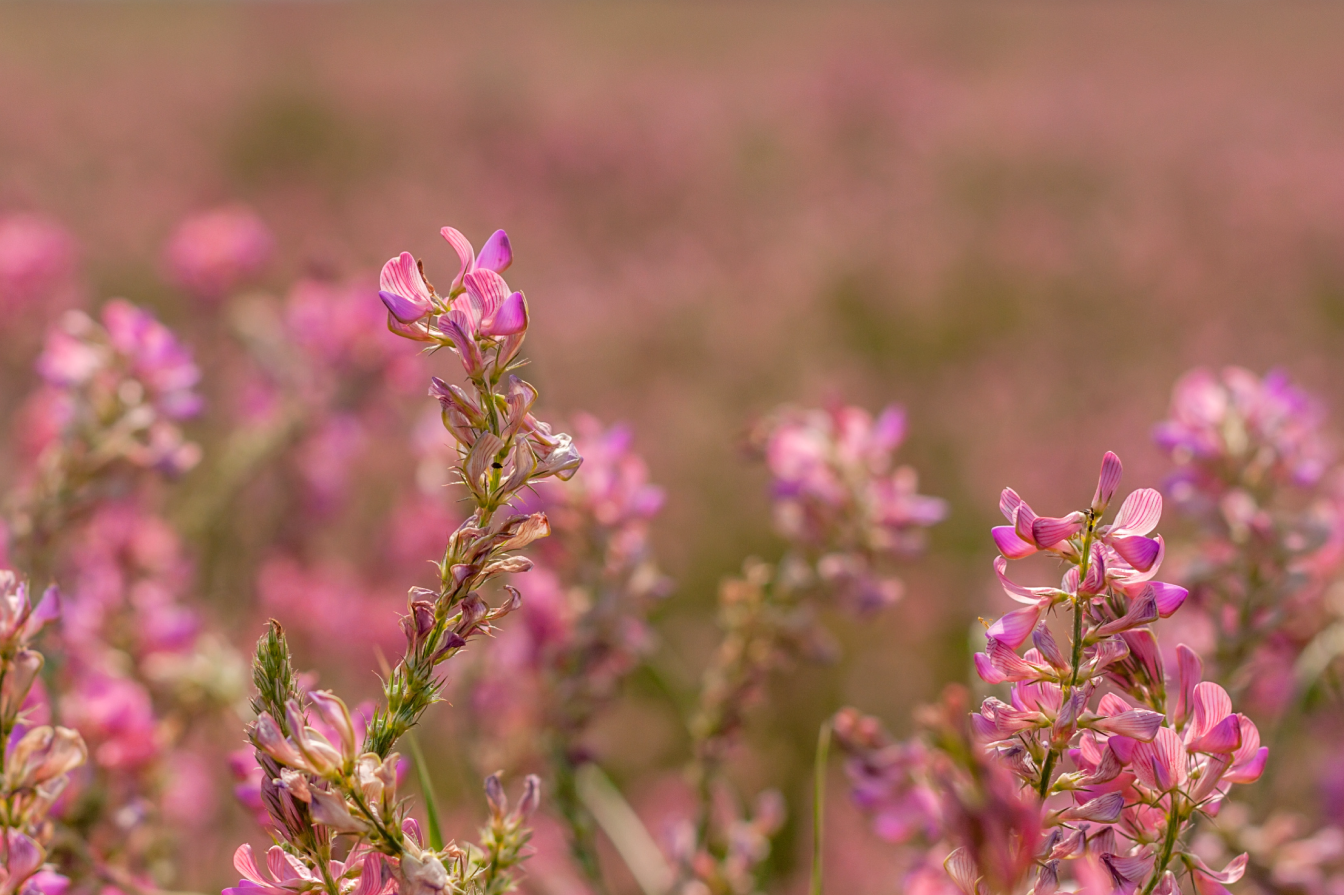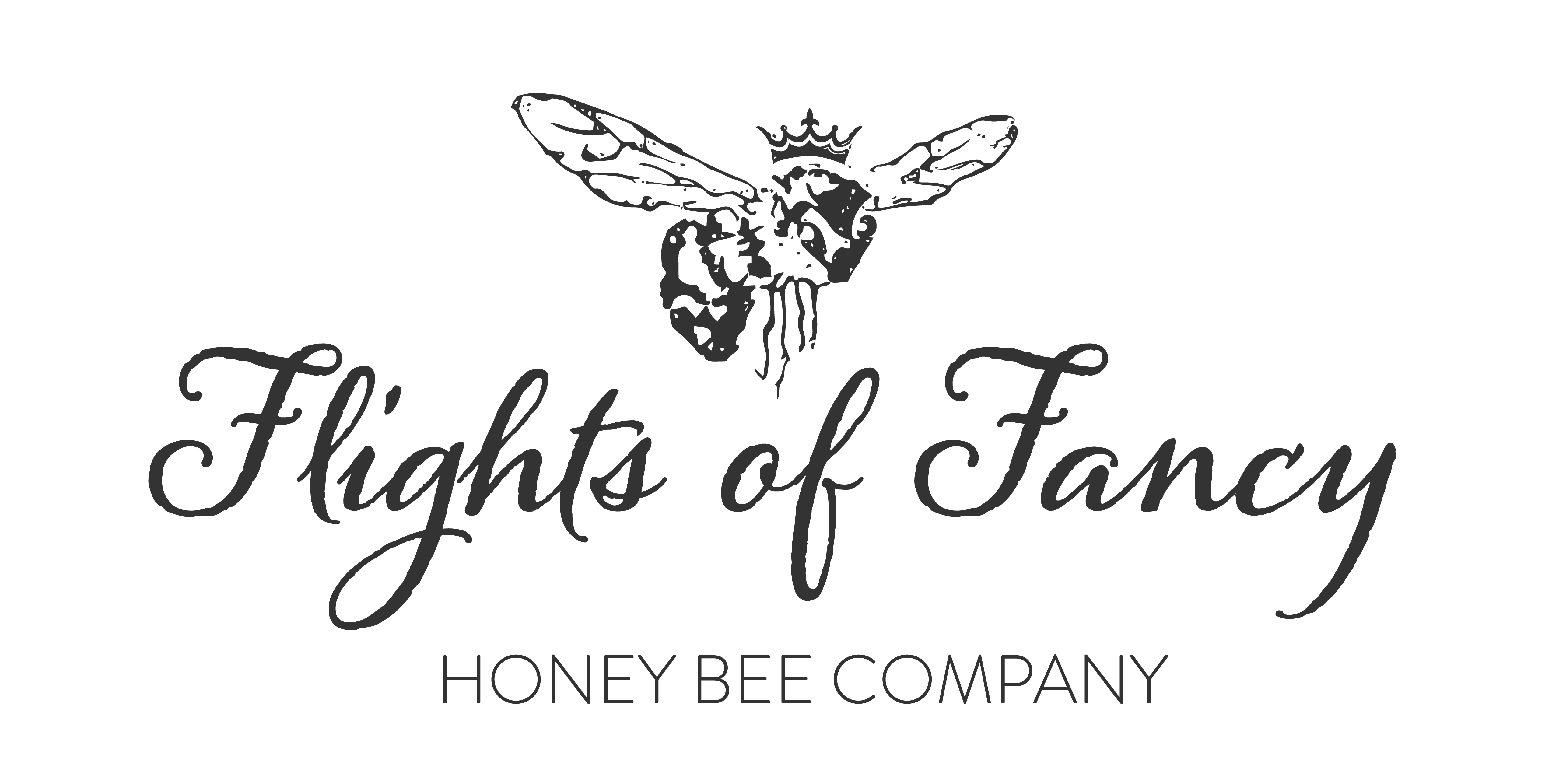Growing Sainfoin In The Garden

More Than Just A Cover Crop

Sainfoin is more than just a cover crop. It is a versatile plant with numerous benefits. This old-world perennial was once forgotten during the surge of monoculture farming after the Second World War, but it is making a comeback as a cover crop for its soil regenerative abilities and as a fodder for grazing livestock. Additionally, sainfoin’s nectar and pollen production make it an attractive plant for honey bees and native pollinators.
Sainfoin is a nitrogen fixer, and the Rhizobia in the root nodules fix nitrogen and boost soil nitrogen. The roots penetrate to great depths and pull nutrients up from the subsoil, thus increasing the sequestration of nutrients such as phosphate. This plant is an excellent choice for those looking to improve soil fertility and health.
“This old world gem is worth reviving for a perennial fodder that feeds wildlife, livestock, and bees. It’s edible pink pea-like flowers are marked with vivid nectar-guide stripes and reputed to attract 10 times more bees than white dutch clover. As the flowers begin blooming in May, sainfoin is a good orchard plant, extending the late-spring honey flow. Just be prepared for honey bees to favour it above just about anything else blooming at the same time.” Lori Weidenhammer, Victory Gardens For Bees
Sainfoin Nectar & Pollen Production
The pink pea-like flowers of sainfoin are marked with vivid nectar-guide stripes and are reputed to attract ten times more bees than white Dutch clover. The flowers begin blooming in May, making sainfoin a good orchard plant, and extending the late-spring honey flow. Sainfoin is a perennial fodder that feeds wildlife, livestock, and bees. Its abundant nectar and pollen attract beneficial insects, including bees, butterflies, flies, and wasps. Researchers have documented up to 350 lbs of honey per acre planted. The sugar concentration of its nectar is reported as high as 60%, with enhanced flows in fertile soils. It yields nectar in the morning and produces high-quality pollen.
Overall, sainfoin is a versatile and valuable plant that can provide numerous benefits for bees, agriculture, and the environment.
Where To Get Sainfoin Seeds
Let’s Feed Some Bees Program: Every Flights of Fancy order between March 20th – May 30th receives a free packet of pollinator seeds, and there are five options to choose from, one of the seed options is Sunflowers (while supplies last), learn more here.
How To Grow Sainfoin in The Garden
Instructions
- Hardy to zone 7, Sainfoin seed is often expensive but once established, perennial stands can be long-lived. Though it resists pests and tolerates drought, it will not survive competition with weeds and so should be cultivated in well-drained, nonacidic soils, in clean, firm, and uniform seedbeds. Avoid sensitive wild habitats. Plant in April-May, and Sainfoin will bloom for nearly two full weeks.
About The Author
Related Posts
7 Heavenly Honey and Tea Combinations to Try on National Tea Day
Looking for a way to celebrate National Tea Day? Check out our blog post featuring…
April 8, 2023The Power of White Clover: How This Humble Plant Can Benefit Pollinators and Your Soil
The Power of White Clover: How This Humble Plant Can Benefit Pollinators and Your Soil…
March 27, 2023




